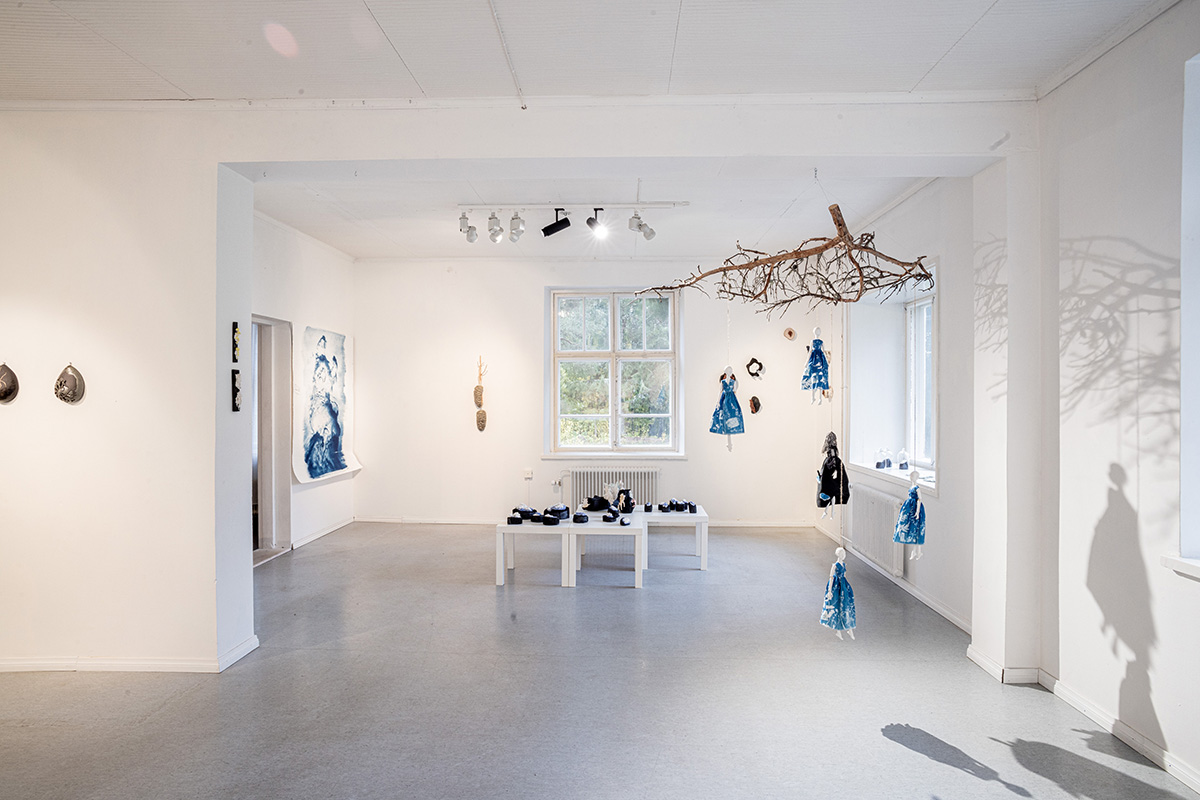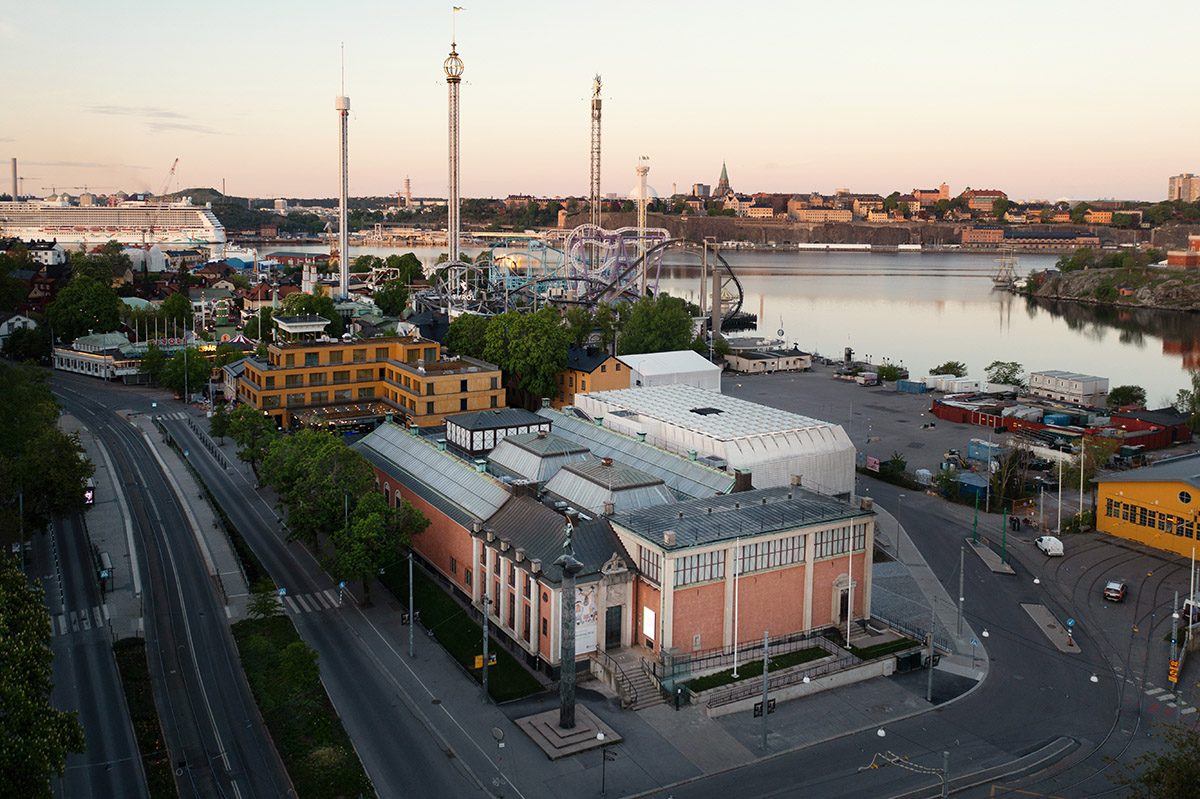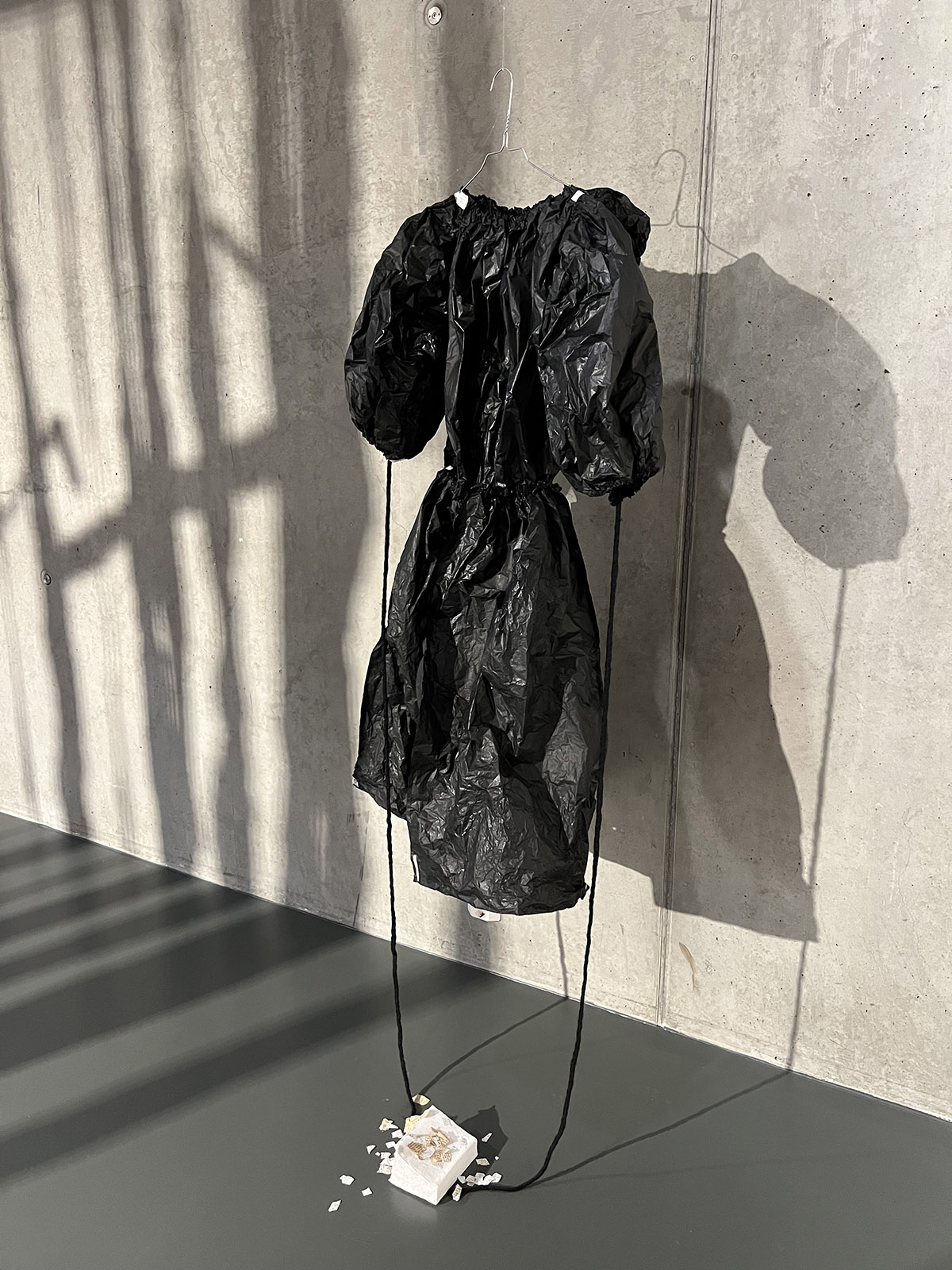DAG HOL: Vision, tradition and controversy
By Eva-Kristin U. Pedersen | Photos: Dag Hol
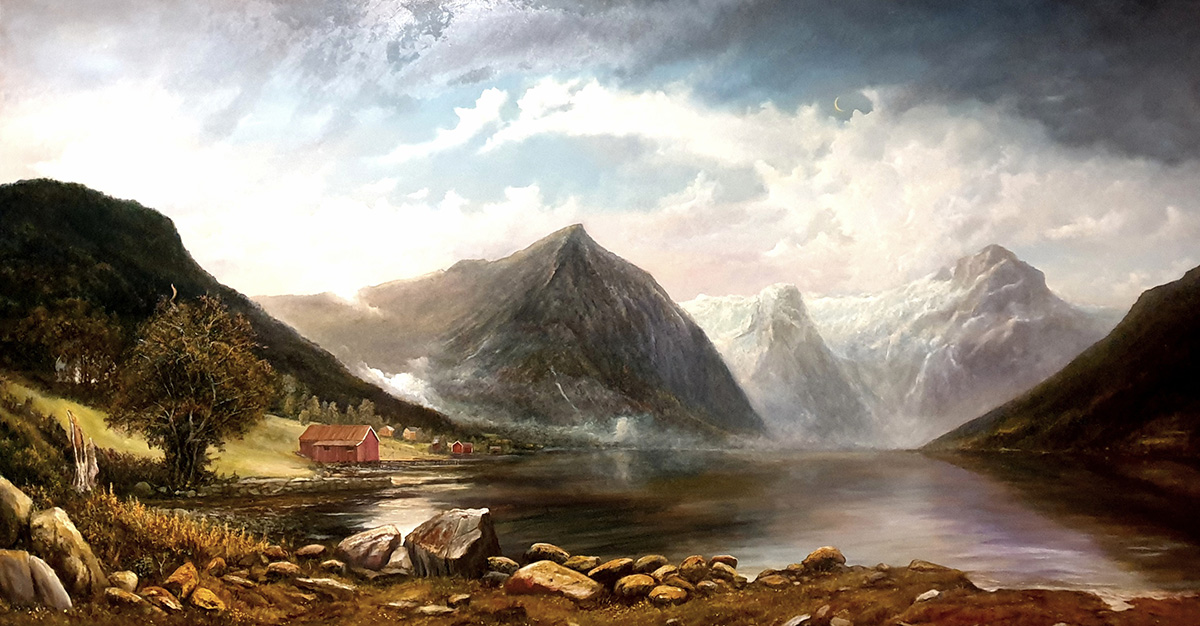
Dag Hols work is traditional but his search for light is the carrying element.
Dag Hol plans to open his own National Gallery. In an interview with Scan Magazine, the artist discusses his controversial ideas and lifelong dedication to art.
“Others can do what they want to; I’ll do what I want to do.” Dag Hol does not mince his words. The Norwegian painter is as criticised by the art establishment as he is loved by his sizeable audience. But at age 73 and after more than 50 years of painting, he has no plans to change course.
“I don’t say something about time, as most critics expects you to, I say something to time,” Hol declares as he describes his artistic mission. “I have a message, something I want to tell people, and I do that through my painting,” he stresses.
Hol’s paintings do indeed resemble art from a different era. He is unaffected by shifting artistic trends because he aspires to express something that goes beyond contemporary requirements of what art should be.
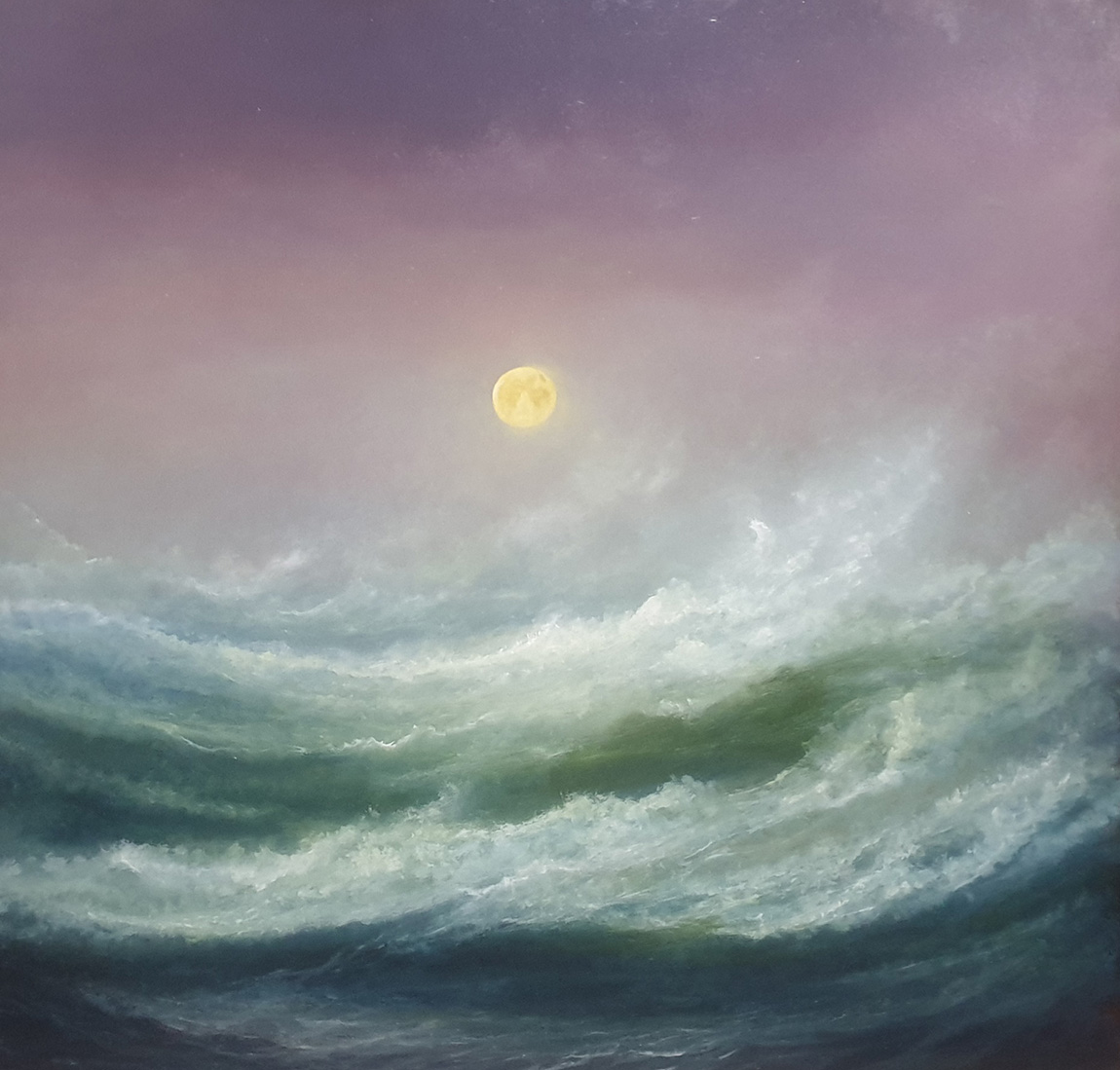
The light guides you home through stormy seas.
Philosophical approaches
In his youth, Hol considered studying theology like his father, a pastor, and his art has many religious traits. But despite his origins, he is not confined to Christianity. On the contrary, Hol is significantly inspired by the philosophical approaches of Asian religions, something that is particularly visible in the overarching theme of his art, namely the search for light and – therein – harmony.
“In Chinese philosophy., there is this concept of supreme harmony that we live to approach. That harmony has to do with light, a light that some call God while others use different words to describe,” Hol explains, revealing that one of his dreams is to paint The Hall of Supreme Harmony, the largest hall of the Forbidden City in Beijing – and a symbol of supreme harmony as a state of mind.
Of all light, moonlight is particularly important to Hol, and the veneration of the moon as female, as opposed to the male sun, is visible in most of his work. “The moon is a symbol of the spiritual and something that I almost always include in my work – even when painting daylight,” he says.
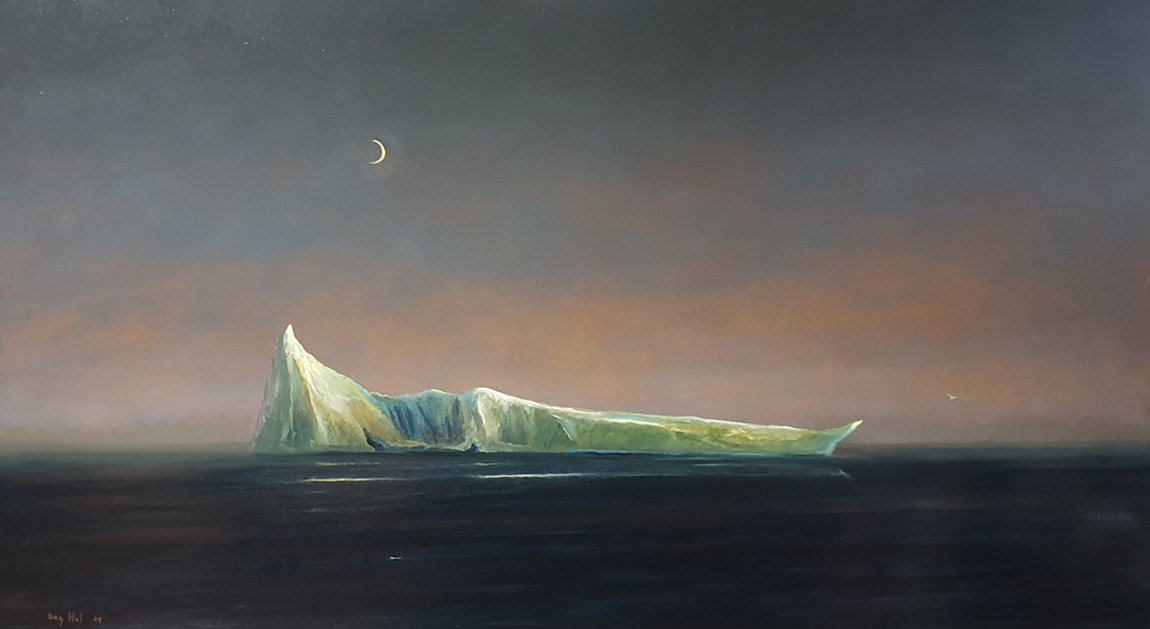
The moon is often present in Hol’s art.
Norwegian nature
It is not only religion and philosophy that affect Hol’s work; so does Norwegian nature, though not quite in the way you might think. “I live and work in Norway, and I’m lucky because this is such a beautiful country, and nature is easy to get to,” says Hol, explaining that he frequently takes his car to drive out of Oslo in search of inspiration.
However, because the search for light is Hol’s purpose, Norwegian mountains and fjords are extras more than protagonists, subjects more than objects. “In a way, it’s a matter of convenience. I could paint Monument’s Valley in Arizona, but it would be a lot harder to get to than Dovre,” he says, smiling.
Although Hol paints mostly landscapes, he is not a painter that takes his canvas with him to make accurate recreations of what is in front of him. That is partly because of his technique, which requires several layers of thin paint to achieve a transparent feel, but also because of what he adds to his paintings. “I dramatise and change what I see. My paintings often reflect my own life, a journey through stormy seas guided by the light towards calmer waters,” he says.
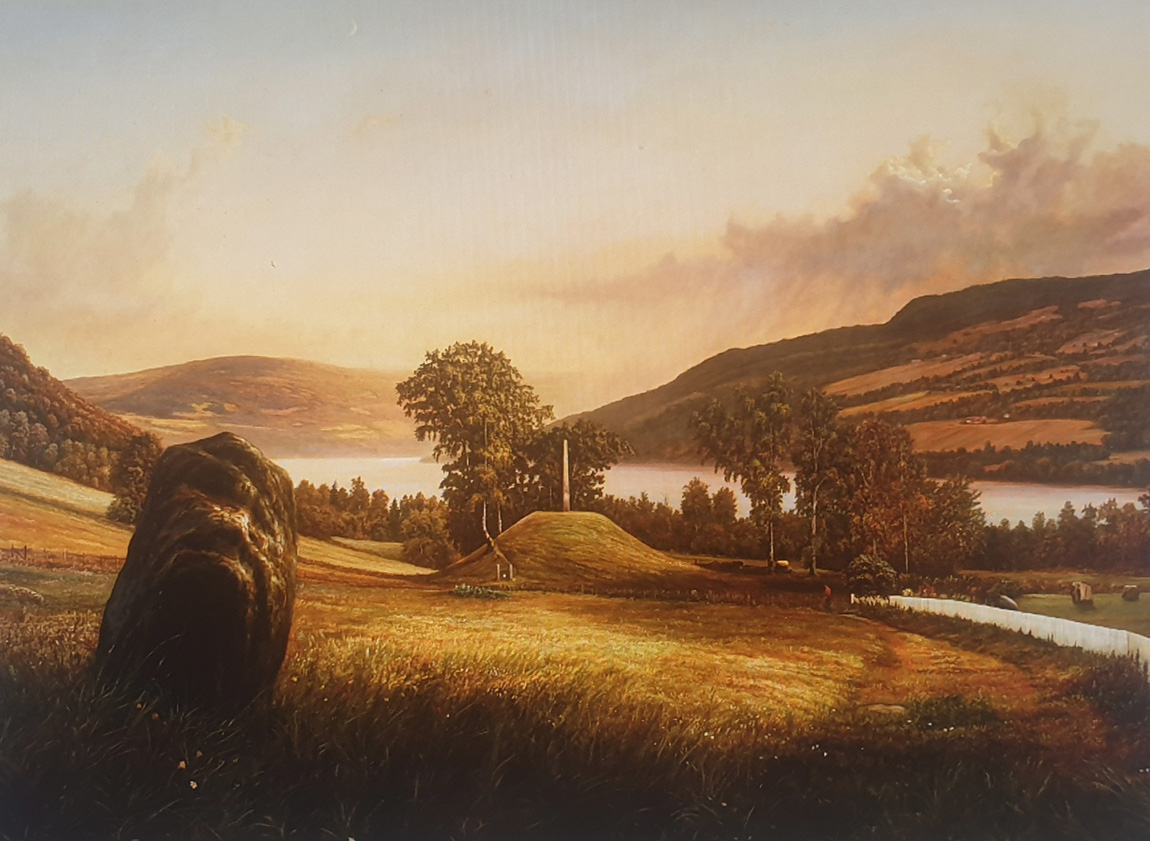
Seemingly transparent light is achieved by many layers of paint.
Unachievable perfection
More recently, Hol has started doing portraits – his depiction of famous Norwegian actor Espen Skjønberg, is an example. But whatever he paints, perfection remains unattainable. “We never reach perfection, there is always something missing, but it is the search for perfection that matters,” he says, referring to the Flemish 15th Century master Jan van Eyck’s famous inscription on his own painting, “Als Ich Can.”
“We have to do the best we can,” he stresses. Doing the best he can also means having an impeccable technique and mastery of the craft of painting. Hol underlines that quality is as fundamental to him as the underlying message of his art. “To many contemporary artists, the concept is more important than the technique. I don’t believe that is true, to me solid craftmanship is a prerequisite.”
Hols unapologetic approach has, he admits, excluded him from many artistic arenas, but to compensate he continues to create his own. His last solo exhibition in Oslo was a considerable success, with more than 22 000 visitors stopping by the Municipal Gallery, and Hol now concentrates on his own gallery. He recently bought a farm at Sognsvann on the outskirts of Oslo and sometime in the autumn, he looks forward to welcoming visitors to the Dag Hol National Gallery.
“You will not find my paintings in the Norwegian National Museum, so I decided to set up my own – after all most of my paintings are from Norway. Besides, the title National Gallery was free,” he says and smiles, knowing that his words will spark as much controversy as his art always has.
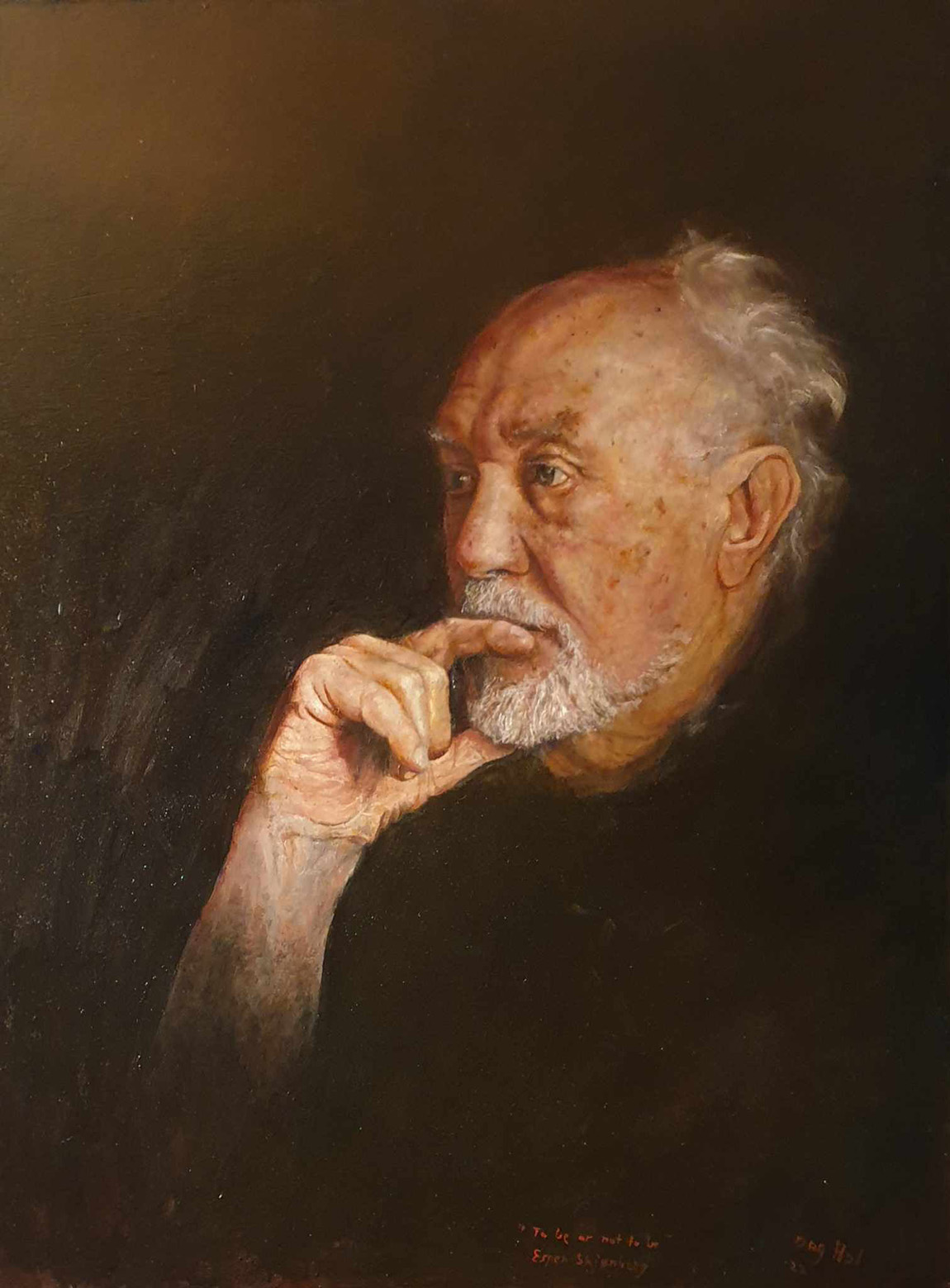
Dag Hol’s portrait of Norwegian actor Espen Skjønberg.
Instagram: @dag.hol
Subscribe to Our Newsletter
Receive our monthly newsletter by email

